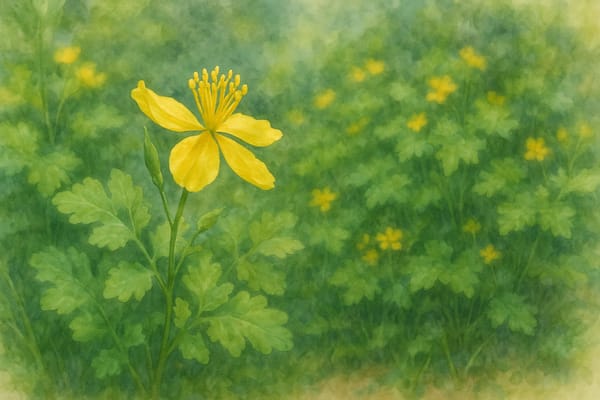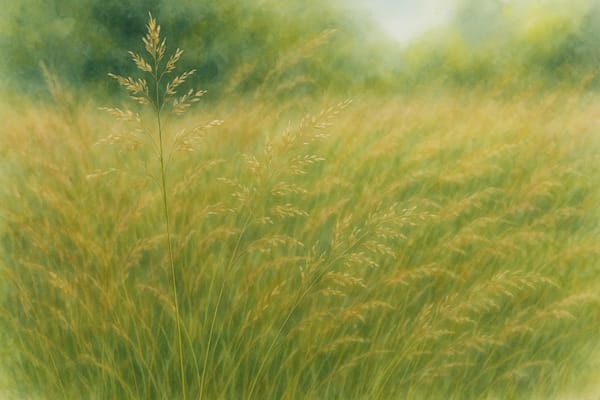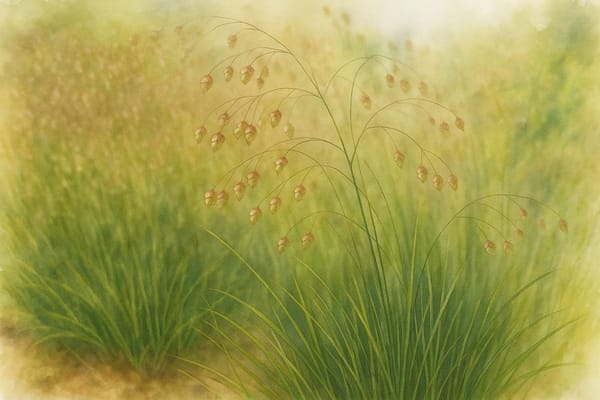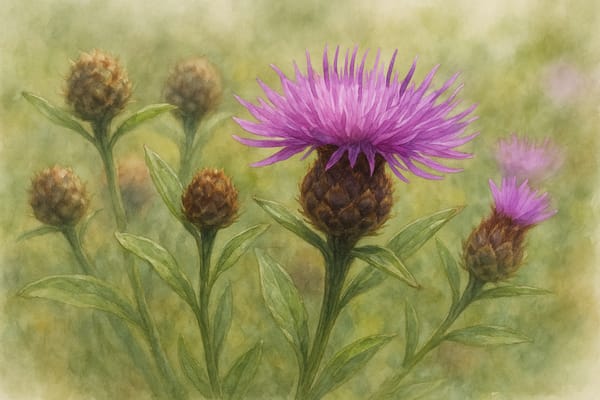The Herb of Healing, Protection, and Prophetic Dreams
Historical and Cultural Significance
Greater celandine, with its golden flowers and vivid orange sap, has been revered since ancient times for its medicinal and mystical properties.
A Herbal Ally in Folk Medicine
Used since Roman times, greater celandine was known as a remedy for liver ailments, eye diseases, and skin conditions. Its sap treated warts and sores, while herbalists praised its ability to “clear the sight” — both literally and metaphorically.
Folklore and Magical Beliefs
Rich in mystical lore, the plant was thought to bring happiness, ward off evil, and inspire prophetic dreams when placed under a pillow. Witches supposedly carried it in red bags to evade capture, while washing with celandine-infused water was believed to protect against malign spirits.
Legal Charms and Protective Uses
Some traditions claimed wearing celandine could sway legal outcomes or protect against imprisonment — a reflection of its reputation as a plant of good fortune and influence.
Cornish and British Context:
While not unique to Cornwall, greater celandine’s standing in folklore and folk medicine resonates with the region’s tradition of blending practical herbalism with mystical beliefs, anchoring it firmly in Britain’s rural heritage.
Growing Greater Celandine in Coastal Gardens
A hardy, self-seeding perennial, Greater celandine brings brightness and folklore to semi-wild borders and shady garden edges — but requires careful management due to its toxic sap and vigorous spread.
| Requirement | Details |
|---|
| Light | Partial shade to full sun |
| Soil | Moist, well-drained, fertile; adapts to clay, loam, or sand |
| Water | Moderate; keep moist but not waterlogged |
| Salt Tolerance | Moderate; suitable for exposed coastal sites |
| Hardiness | Fully hardy in the UK |
Care and Cultivation Tips
- Site Selection:
Ideal for woodland edges, wildflower areas, or shaded borders with moist, fertile soil. - Sowing:
Sow seeds in early spring or autumn. Germination may be slow—patience is key. - Watering:
Water regularly until established. Mature plants tolerate short dry spells. - Pruning:
Cut back by up to a third in early spring to maintain bushiness and prevent mildew. - Invasiveness:
Can self-seed prolifically. Deadhead flowers and remove unwanted seedlings to control spread. - Caution:
All parts are toxic if ingested; sap can irritate skin. Wear gloves when handling and avoid planting near pets or children. - Wildlife Value:
Bright yellow flowers attract pollinators, adding value to wildlife-friendly spaces.
Coastal Garden Notes
- Adaptation:
Thrives in breezy coastal spots with moist, fertile soils. - Management Tip:
Control spread to prevent unwanted colonisation of nearby beds or paths. - Wildlife Contribution:
Offers nectar for bees and beneficial insects in late spring and summer.
Summary
Greater celandine is a plant deeply woven into British and Cornish folklore — a symbol of healing, protection, and joyful magic. Thriving in moist, semi-shaded coastal gardens, it rewards careful gardeners with bright blooms and a living link to ancient herbal traditions.











